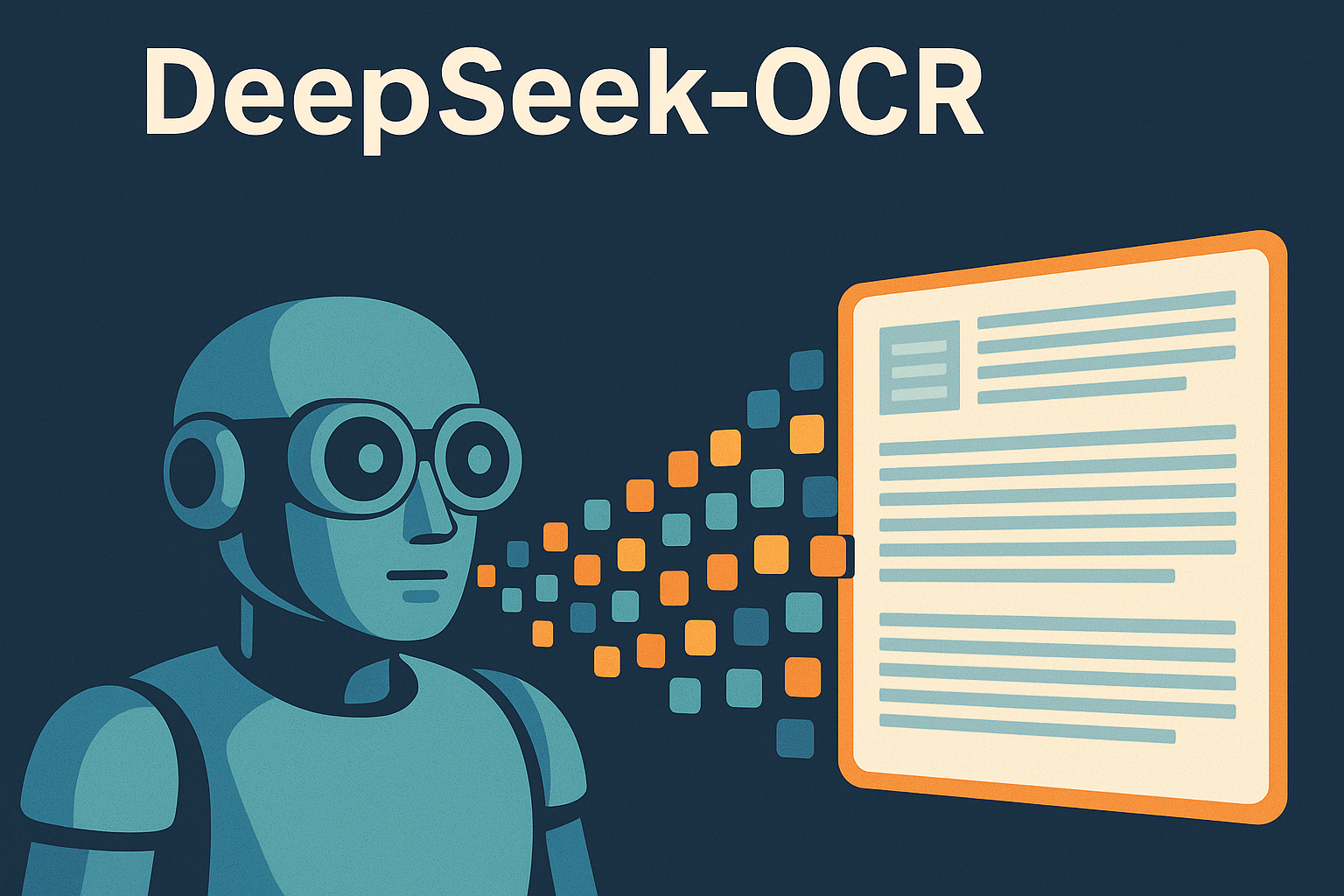Mubeen AI: A Specialized Arabic Language Model for Heritage Preservation and User Intent Understanding
PositiveArtificial Intelligence
Mubeen AI, developed by MASARAT SA, is a groundbreaking Arabic language model designed to enhance understanding of Arabic linguistics and cultural heritage. This innovative model is trained on a vast array of authentic Arabic texts, including historical manuscripts, which have been digitized using a specialized OCR engine. By incorporating key scholarly works in various fields, Mubeen AI not only preserves the richness of Arabic culture but also aids in understanding user intent, making it a significant advancement in the realm of language technology.
— Curated by the World Pulse Now AI Editorial System



